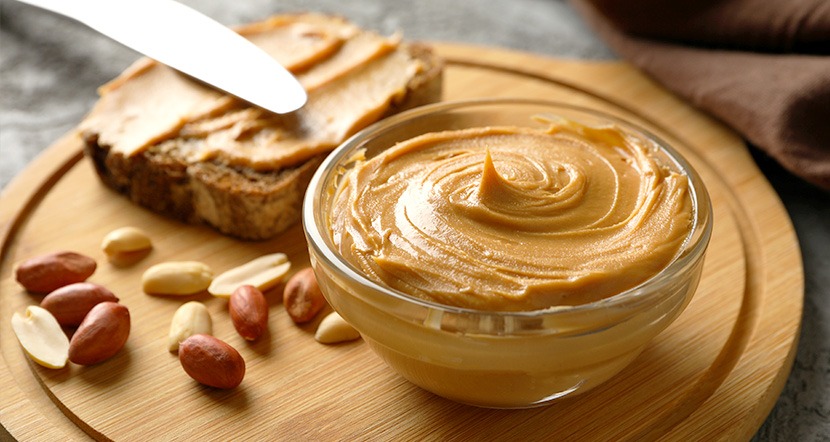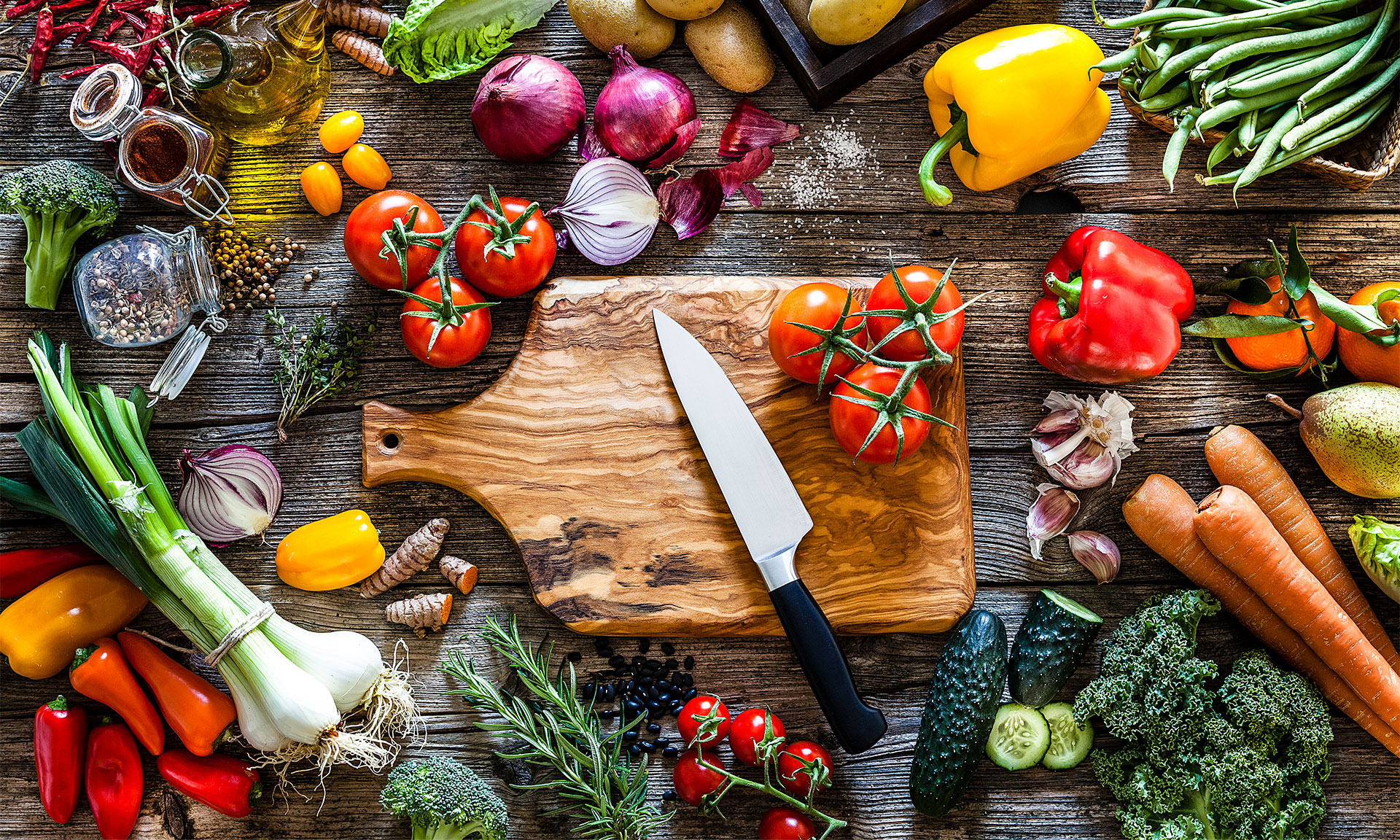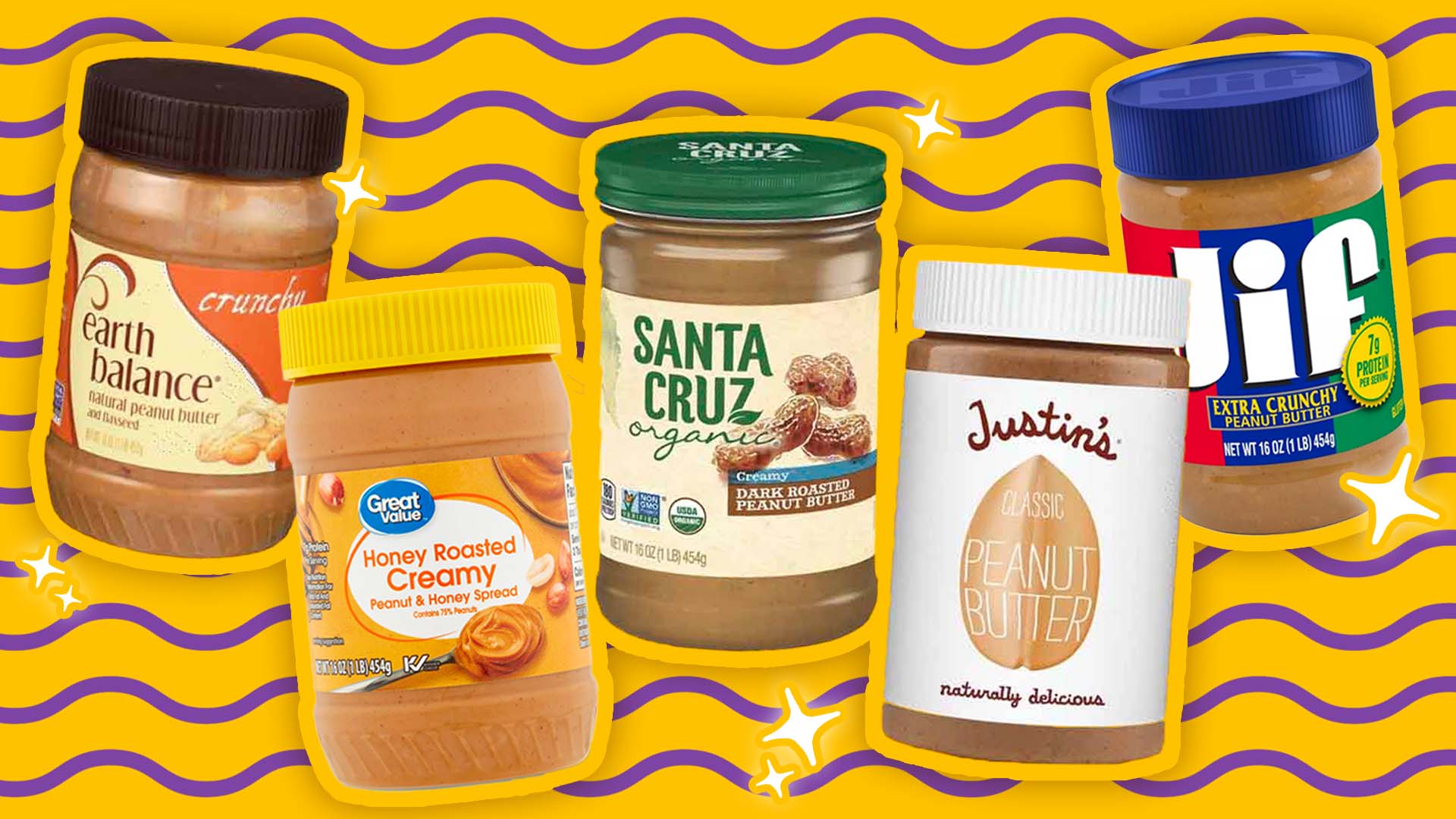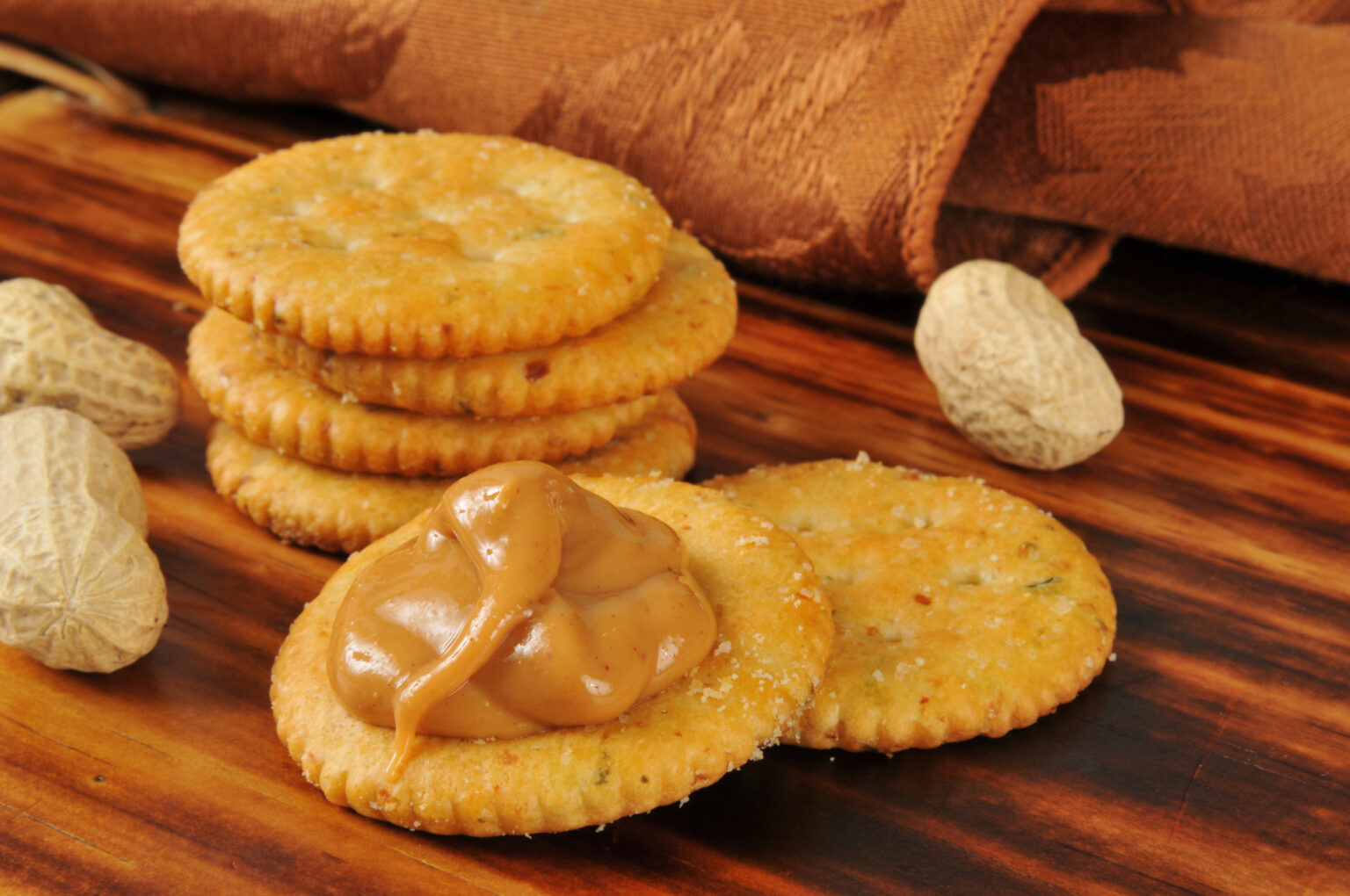Table of Contents
Peanut butter crackers are a beloved snack for people of all ages. They combine the rich, creamy flavour of peanut butter with the satisfying crunch of crackers, making them a perfect on-the-go snack, lunchbox treat, or midday pick-me-up. In this article, we’ll dive into the history of peanut butter crackers, their nutritional benefits, various types available, and how you can even make them at home.
The History of Peanut Butter Crackers
The Origins of Peanut Butter
Peanut butter has been a staple in American households for over a century, but its history goes back much further. The ancient Incas and Aztecs were the first to grind peanuts into a paste, a precursor to modern peanut butter. However, it wasn’t until the late 19th century that peanut butter as we know it was created. Dr. John Harvey Kellogg, the inventor of cornflakes, is often credited with developing the first version of peanut butter as a nutritious food for patients with difficulty chewing.
The Evolution of Peanut Butter Crackers

Peanut butter crackers likely evolved as a simple, portable snack combining two popular items: crackers and peanut butter. The combination provided a convenient way to enjoy the flavour of peanut butter without the mess, making it an instant hit. Over time, these crackers became a popular item in grocery stores, vending machines, and lunch boxes across the United States.
Nutritional Benefits of Peanut Butter Crackers
Protein and Energy
One of the main nutritional benefits of peanut butter crackers is their high protein content. Peanut butter is rich in protein, which is essential for muscle repair and growth. Combined with the carbohydrates in crackers, this snack provides a balanced energy source, making it ideal for a quick energy boost.
Healthy Fats
Peanut butter is also high in healthy fats, particularly monounsaturated fats, which are beneficial for heart health. These fats can help reduce bad cholesterol levels in the blood, lowering the risk of heart disease.
Vitamins and Minerals

Peanut butter is a good source of several essential vitamins and minerals, including Vitamin E, magnesium, and potassium. Vitamin E acts as an antioxidant, protecting cells from damage, while magnesium and potassium are important for maintaining healthy blood pressure and muscle function.
Types of Peanut Butter Crackers
Classic Peanut Butter Sandwich Crackers
The classic peanut butter sandwich cracker consists of two crispy crackers with a layer of peanut butter in between. These crackers are available in various brands and flavours, including whole grain, multigrain, and even gluten-free options.
Peanut Butter Filled Crackers
Peanut butter-filled crackers are another popular variety. Instead of sandwiching the peanut butter between two crackers, these snacks feature peanut butter filling encased within a crunchy cracker shell. This variation is especially convenient for on-the-go snacking, as it’s less messy and easy to handle.
Organic and All-Natural Peanut Butter Crackers

For health-conscious consumers, organic and all-natural peanut butter crackers are available. These options typically use organic peanuts and whole grain or gluten-free crackers, avoiding artificial preservatives and additives.
Flavoured Peanut Butter Crackers
In addition to the classic peanut butter flavour, some brands offer flavoured peanut butter crackers. These can include variations like honey peanut butter, chocolate peanut butter, or even spicy peanut butter, catering to a wide range of taste preferences.
Making Homemade Peanut Butter Crackers
Ingredients and Tools Needed
Making peanut butter crackers at home is simple and allows you to customise the recipe to your liking. Here’s what you’ll need:
- Crackers: Choose your preferred type, such as saltine, whole wheat, or gluten-free crackers.
- Peanut Butter: Opt for creamy, chunky, or natural peanut butter based on your taste.
- Optional Add-Ons: Honey, jelly, or chocolate spread for added flavour.
- Tools: A butter knife or spatula for spreading the peanut butter.
Step-by-Step Instructions
Spread the Peanut Butter: Use a knife or spatula to spread a generous layer of peanut butter on one cracker grimace shake.
Add Optional Add-Ons: If desired, add a small amount of honey, jelly, or chocolate spread on top of the peanut butter.
Top with Another Cracker: Place another cracker on top of the peanut butter to create a sandwich.
Serve or Store: Enjoy the crackers immediately, or store them in an airtight container for later.
Peanut Butter Crackers as a Versatile Snack
On-the-Go Snack
Peanut butter crackers are a convenient snack that can be easily packed for work, school, or outdoor activities. Their compact size and satisfying combination of flavours make them an excellent choice for anyone needing a quick energy boost.
Lunchbox Favorite
Peanut butter crackers are a popular addition to lunchboxes, especially for kids. They’re easy to pack, and their balanced mix of protein, fats, and carbs keeps children full and focused throughout the day.
Pairing Ideas
These crackers pair well with various foods and drinks. For a more filling snack, pair them with fresh fruit like apple slices or a glass of milk. For a savoury twist, try them with cheese slices or a small serving of soup.
The Cultural Impact of Peanut Butter Crackers
Iconic American Snack
Peanut butter crackers have become an iconic American snack, representing comfort and simplicity. They evoke nostalgia for many, reminding them of childhood lunches or quick after-school snacks.
Peanut Butter Crackers in Pop Culture
Peanut butter crackers have also made their way into pop culture, often appearing in TV shows, movies, and even music as a symbol of everyday American life. Their simplicity and universal appeal make them a relatable and enduring snack in popular media.
Peanut Butter Allergies and Alternatives
Peanut Allergies
While peanut butter crackers are widely enjoyed, it’s important to note that peanuts are a common allergen. Those with peanut allergies should avoid these snacks, as even small amounts of peanut exposure can trigger severe allergic reactions.
Nut-Free Alternatives
For those with peanut allergies, there are nut-free alternatives available. Sunflower seed butter, for example, can be used as a substitute for peanut butter in crackers, providing a similar texture and flavour without the risk of an allergic reaction.
The Environmental Impact of Peanut Butter Production
Peanut Farming Practices
Peanuts are a relatively sustainable crop, as they require less water and fewer pesticides than many other crops. They also help improve soil health by fixing nitrogen, reducing the need for synthetic fertilisers.
Packaging Considerations
The packaging of peanut butter crackers, however, can have an environmental impact. Many commercially available crackers are packaged in plastic or non-recyclable materials. Consumers can reduce their environmental footprint by opting for brands that use eco-friendly packaging or by making homemade versions.
Conclusion
Peanut butter crackers have stood the test of time as a beloved snack. Their combination of flavour, convenience, and nutritional benefits makes them a go-to choice for many. Whether you enjoy them as a quick snack, a lunchbox staple, or a nostalgic treat, peanut butter crackers are sure to remain a favourite for generations to come.
For More Information Please Visit These Websites viprow And Xewe

